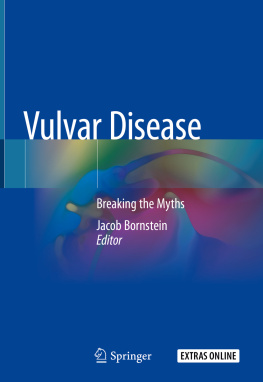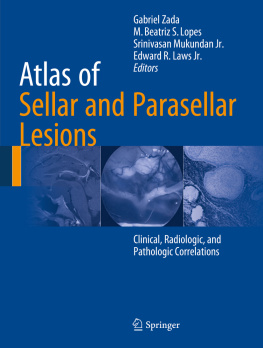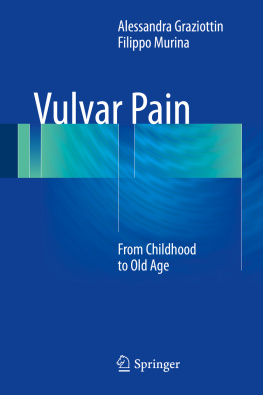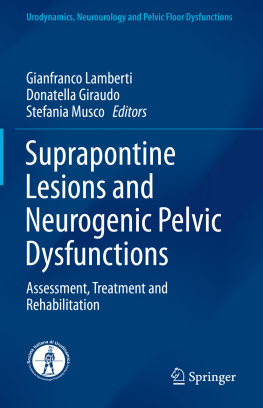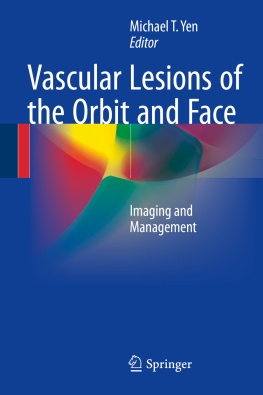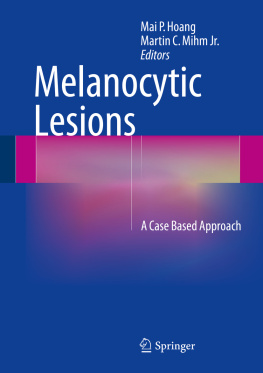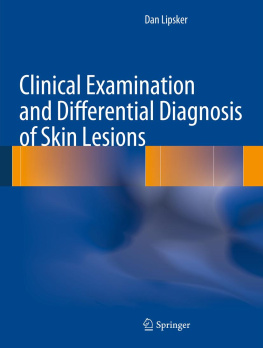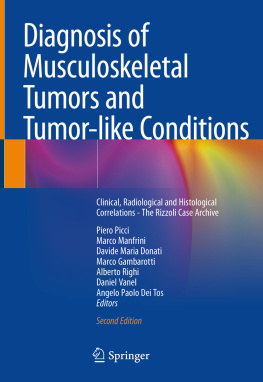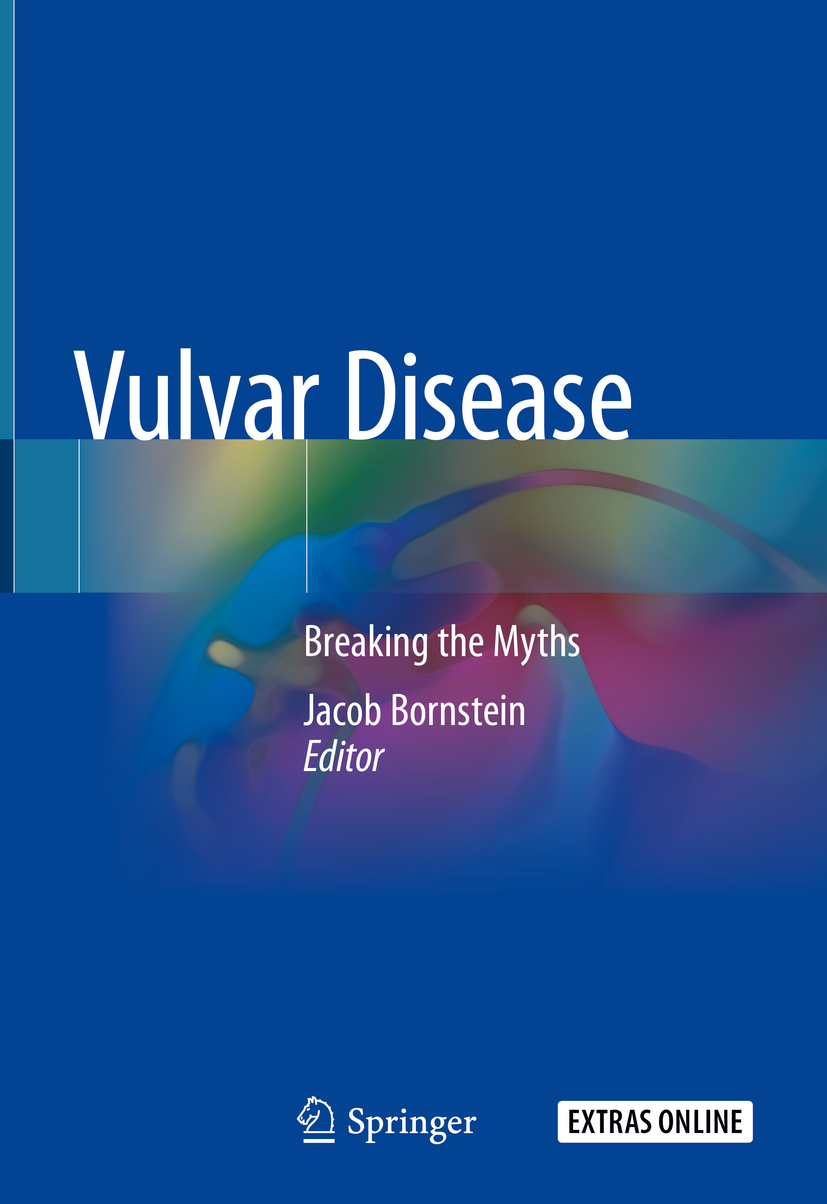Vulvar Disease Breaking the Myths
Editor
Jacob Bornstein
Department of Obstetrics and Gynecology Galilee Medical Center, Bar-Ilan University Faculty of Medicine, Nahariya, Israel
ISBN 978-3-319-61620-9 e-ISBN 978-3-319-61621-6
https://doi.org/10.1007/978-3-319-61621-6
Library of Congress Control Number: 2018968478
Springer International Publishing AG, part of Springer Nature 2019
This work is subject to copyright. All rights are reserved by the Publisher, whether the whole or part of the material is concerned, specifically the rights of translation, reprinting, reuse of illustrations, recitation, broadcasting, reproduction on microfilms or in any other physical way, and transmission or information storage and retrieval, electronic adaptation, computer software, or by similar or dissimilar methodology now known or hereafter developed.
The use of general descriptive names, registered names, trademarks, service marks, etc. in this publication does not imply, even in the absence of a specific statement, that such names are exempt from the relevant protective laws and regulations and therefore free for general use.
The publisher, the authors, and the editors are safe to assume that the advice and information in this book are believed to be true and accurate at the date of publication. Neither the publisher nor the authors or the editors give a warranty, express or implied, with respect to the material contained herein or for any errors or omissions that may have been made. The publisher remains neutral with regard to jurisdictional claims in published maps and institutional affiliations.
This Springer imprint is published by the registered company Springer Nature Switzerland AG
The registered company address is: Gewerbestrasse 11, 6330 Cham, Switzerland
Foreword
It is a privilege, as President of the International Society for the Study of Vulvovaginal Disease (ISSVD), to write the foreword to Professor Jacob Bornsteins textbook. I have known Professor Bornstein from many years, and he has always been an example of consistency, perseverance, grit and gentleman behavior: his book on vulvar diseases represents him.
Before and after his ISSVD Presidency, Professor Bornstein has dedicated great and combined efforts to clarify the terminology in the field of vulvar diseases. If today the ISSVD terminology is recognized all over the scientific world, it is because the baton has passed from the founding fathers to Professor Bornstein and other ISSVD fellows at present days.
This book on vulvar diseases is an uncommon pearl. It shines like the sweat on the authors forehead, attempting to convey his experience through words and images. It sparkles like the hands under the gloves, delicate in palpating the lesion, its infiltration, and mobility. It shimmers like the images, chosen among thousands to better represent, communicate, remember, and memorize the diseases in our knowledge. It sparkles like the eyes of the reader, who looks with intensity and, as by magic, reconnects all the knowledge of anatomy, physiology, infectivology, and pathology.
The aim to define the clinical morphology for each of the diseases turns out to be less difficult, the list of differential diagnoses decreases, and the ability to determine the most likely diagnosis increases. Indeed the experience transmitted by these pages comes into aid to have a suspicion, an orientation, a diagnosis, and finally a therapy.
Scientia potentia est (knowledge is power) is a sentence attributed to a medieval philosopher, and we want to increase, through the pages of this book, our knowledge on vulvar diseases in a more uniform, more expert, more thoughtful mode. It is the best approach to break past misconceptions and myths and to have a modern approach that a simple search on PubMed or on a website can never provide us.
In Prof. Bornsteins textbook, the methodology used represents a continuing intellectual challenge, and it gives the balance between clinical experience and research results: like seed in the ground, this book will remain an updated book for many years.
Good books are like good wines: over time, the taste is better appreciated, and one thinks of the time and the patience that have served to obtain a so good result.
Mario Preti
Acknowledgments
Making this book could not have become a reality without my colleagues who contributed their time and mainly their knowledge, experience, and wisdom writing the chapters for this book. This is the opportunity to thank them.
Editing a textbook is a complicated task. I have come to realize that during the months I was reviewing manuscripts, inserting references, and matching figures to texts. Still, it was a rewarding project, and I hope that the result will be liked by you, as it is by me.
I started my interest in vulvar disease in 1985, after graduating from residency in Obstetrics and Gynecology, when I started a 2-year fellowship with Professor Raymond H. Kaufman in Houston, Texas, one of the founding fathers of the study of vulvar disease, a gynecologist and pathologist, and a past president of the International Society for the Study of Vulvovaginal Disease (ISSVD). Since then, the course of matters took me, much because of him and the love to research vulvar disease, to the presidency of the ISSVD and to chairing the terminology committees of both the ISSVD and the International Federation of Cervical Pathology and Colposcopy (IFCPC). Constructing vulvar terminologies actually led to the idea behind this book, as the terminology committees introduced new concepts and novel paradigms by breaking past myths. I wish to thank my fellow members of the ISSVD and IFCPC; from them I have learned so much.
I wish to thank my wife, Jasmin, and my children, Arik and Sandy, for their encouragement and understanding. A special note to my grandchildrenOmer, Zohar, and ShiraI wish that when time comes and you are able to read and comprehend this book, you will remember your grandfather with pride.
And finally, to you, my readersthank you for reading this book; I hope you will find reading enjoyable and contributory.
Jacob Bornstein
Abbreviations
AJCC
American Joint Committee on Cancer
AMNGT
Atypical melanocytic nevus of genital type
AN
Acanthosis nigricans
Anti-PDI
Anti-programmed cell death 1
BRAF
Human gene that makes a protein called B-Raf
cKIT
Tyrosine-protein kinase Kit
CTLA4
Cytotoxic T-lymphocyte-associated protein 4
ECOG
Eastern Cooperative Oncology Group
FDA
US Food and Drug Administration
FIGO
International Federation of Gynecology and Obstetrics
HPV
Human papillomavirus
HSV
Herpes simplex virus
KRT5
Keratin5
LEOPARD syndrome
(L)entigines (E)lectrocardiographic conduction defects (O)cular hypertelorism (P)ulmonary stenosis (A)bnormalities of the genitals; (R)etarded growth; and (D)eafness or hearing loss
MRI
Magnetic resonance imaging
MSLT1
Multicenter Selective Lymphadenectomy Trial-I
NRAS
Neuroblastoma RAS viral oncogene homolog
OS
Overall survival
PCOS
Polycystic ovarian syndrome
PET scan
Positron emission tomography scanner
PRKAR1A
Protein kinase CAMP-dependent type I regulatory subunit alpha

